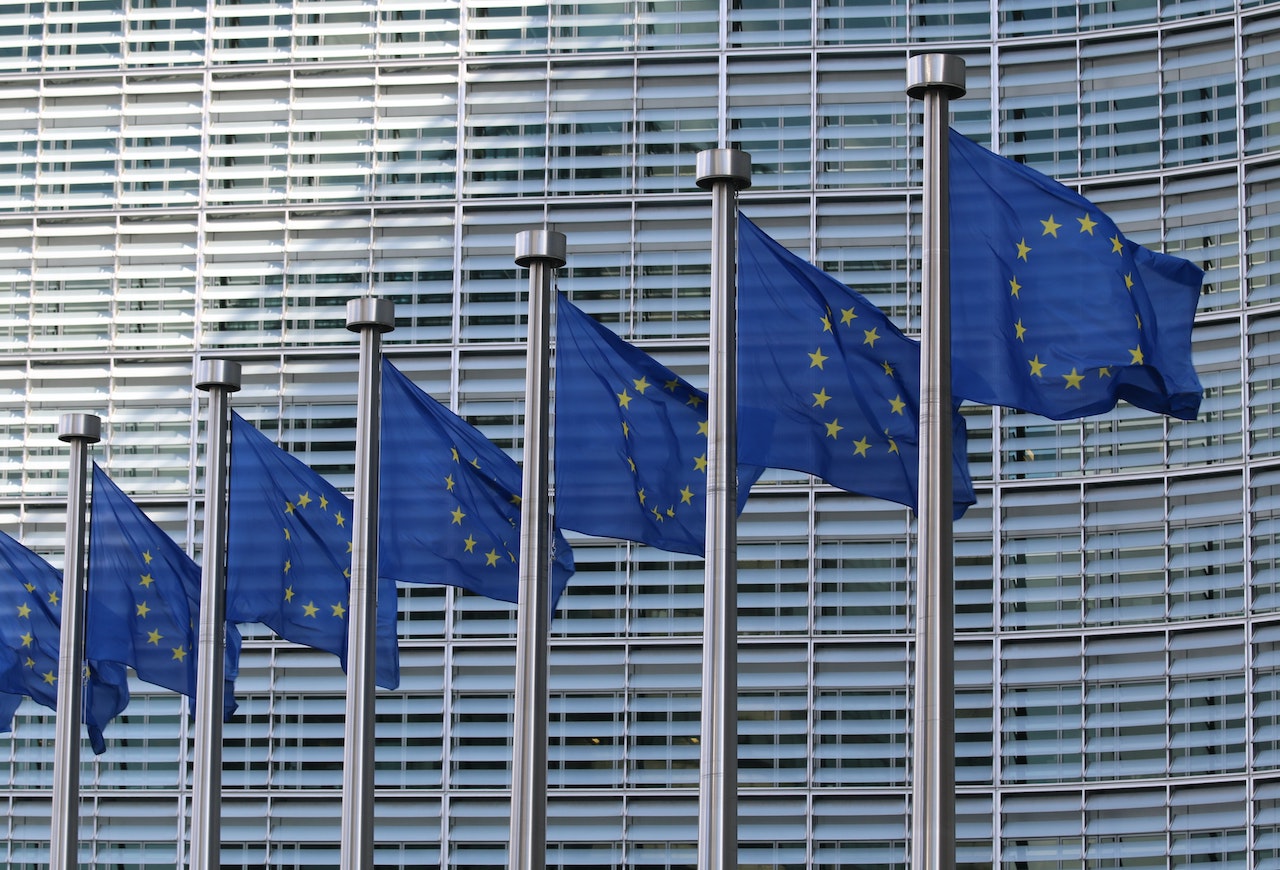The European Commission has sought to address widespread confusion in the investment industry over how to define and categorise sustainable investment.

A long-awaited clarification of European Union rules on how sustainable investment products should be categorised has generally been viewed positively by the industry, and is likely to lead to a reversal, at least in part, of last year’s mass downgrade of many funds targeting sustainable investments.
On April 14, the European Commission published an amendment to its original guidance in the form of a question and answer (Q&A) document on how funds with sustainable investments objectives should be classified under the EU’s Sustainable Finance Disclosures Regulation (SFDR). Uncertainty among asset managers over which funds could be classified in the greenest category, known as Article 9, led to almost $200bn worth of funds being downgraded from Article 9 in 2022.
Article 9 funds are defined as those which have “sustainable investment” as their objective. The less rigorous Article 8 classification only requires sustainability to be one of the components on which investment decisions are based.
Mindful of concerns over greenwashing in the investment industry, the EU has sought to implement the SFDR framework rapidly, revising elements of it over time.
Room for flexibility
The result has been that, while the SFDR became mandatory in January 2023, confusion has persisted over some aspects of what is required. Indeed, asset managers have struggled to define what constitutes a “sustainable investment” under the regulation. The Q&A is the EC’s latest attempt to clarify the framework.
Mairead McGuinness, the EU’s financial services commissioner, acknowledged the difficulties in developing and interpreting the pioneering rules, on announcing the revised guidance.
“The SFDR is the first regulation to set rules on how financial market participants should disclose sustainability related information. The application of the SFDR requirements represents a challenge to industry and regulators and these Q&As aim to offer guidance to facilitate the proper implementation of the rules,” she said.
The EC is regarded as having cut the industry some slack in their new guidance by emphasising that “the SFDR does not prescribe a single methodology to account for sustainable investments”. That implies there is room for flexibility in definitions without the risk of falling foul of the rules for Article 9 classification.
“We expect that the asset management industry will strongly welcome the Commission’s opinions. The Commission’s approach of allowing firms the flexibility to disclose what they do, rather than being prescriptive about how to approach these topics, will be a relief,” UK law firm Simmons and Simmons said in a client note.
Raza Naeem, financial regulation partner at law firm Linklaters, agreed. “Overall, the responses are helpful for the industry, as they have not resulted in a tightening of standards as had been feared, and appear to be in line with the SFDR’s policy aim as a disclosure regime,” he said in a note.
Stephan Kippe, head of ESG research at Commerzbank, said the EC had “doubled down on its definition of SFDR as a pure disclosure regime with no explicit standards or thresholds for sustainable investments”.
But responsibility for compliance may now weigh more heavily on the industry.
“While this reduces the regulatory risk for asset managers to some extent by confirming their right to make their own sustainability assessments, it still leaves them exposed to legal and reputational risk should their own active investment strategies come under public suspicion of greenwashing,” Kippe said.
Passive funds
Another key outcome of the revised guidance is that the EC has explicitly said funds dedicated to passively tracked EU Paris Aligned Benchmarks (PABs) and Climate Transition Benchmarks (CTBs) were not excluded from being classified as Article 9. Doubts over the status of passive funds was behind many of the wave of downgrades from Article 9.
“This is a welcome change of position, but quite late in the day for the industry,” Linklaters Naeem said.
Many downgraded funds could now be reclassified as Article 9 funds in light of the EC clarification. The ability to reclassify doesn’t make a fund’s strategy any more impactful, and it could be argued that placing passive funds in the deepest green category alongside more active sustainable investment strategies makes Article 9 a less potent label.
However, the EC clarification should at least make it easier for asset managers to plan their investment strategies. There is plenty more work to be done, as the EU’s McGuinness acknowledged.
“We will continue our comprehensive assessment of the SFDR with a focus on ensuring legal certainty, increased usability and the mitigation of greenwashing. A public consultation is planned for the autumn,” she said.





